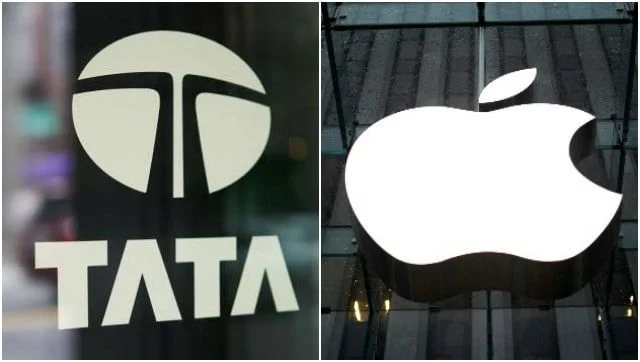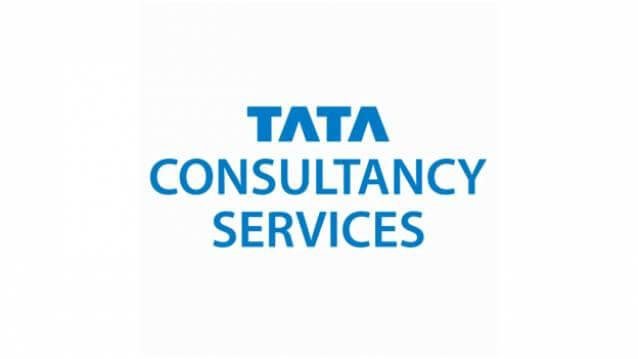Lenovo launched its annual CIO Playbook for this year. Called the ‘CIO Playbook 2024: Embracing Smarter AI’, the playbook, accompanied by an IDC report, contains an extensive analysis of AI integration across the Asia-Pacific region.

Commissioned by Lenovo and conducted by IDC, The CIO Playbook 2024: It’s All About Smarter AI is a comprehensive study conducted among over 900 IT and business decision-makers (ITBDMs) across 12 markets in the Asia-Pacific (AP) region. These markets include India, Korea, Japan, ASEAN+ countries (Singapore, Hong Kong, Thailand, Taiwan, the Philippines, Malaysia, Indonesia), and ANZ (Australia and New Zealand). Participants hail from diverse industry verticals such as banking, financial services, insurance (BFSI), manufacturing, retail, telecommunications (Telco), healthcare, and government.
Aligned with Lenovo’s AI for All vision, the surveys conducted across AP aim to shed light on the challenges, opportunities, and priorities associated with AI adoption among Chief Information Officers (CIOs) in 2024. This comprehensive study delves into the evolving landscape of AI integration, reflecting the collective insights and perspectives of IT and business leaders across the region.
One of the report’s key observations is the shift in CIO priorities, with AI emerging as the top concern this year.
Previously, revenue and profit growth held the primary position in 2023 but have now slipped to third place.
In contrast, customer experience and satisfaction have risen to the forefront, emphasizing a growing emphasis on customer-centric strategies and cutting-edge innovations in the business environment.
However, a disconnect is evident between business leaders and CIOs regarding AI technologies. While business leaders advocate prioritizing GenAI to enhance customer experience and drive results, CIOs approach this with cautious optimism.
The report indicates that CIOs rank GenAI as the fourth technology priority, prioritizing AI solutions that address security, infrastructure, and talent challenges within their organizations. This discrepancy highlights the need to align strategic business objectives and technological investments to leverage AI’s potential in the AP region.
How do Indian businesses fare?
Indian Chief Information Officers (CIOs) are leading the charge in GenAI investments within the Asia-Pacific (AP) region, with 28 percent of Indian CIOs and 33 percent of their counterparts in Korea spearheading this trend. This momentum is further evidenced by investments in AI technologies such as cybersecurity and threat detection, intelligent automation and robotics, and automation to boost operational efficiency.
Approximately 28 percent of Indian CIOs have already ventured into GenAI investments, with an impressive 65 percent planning to follow suit. Notably, India is poised to witness a 30 percent surge in edge computing spending, expected to generate vast volumes of real-time data and unveil new AI application scenarios.
Against this backdrop, Indian CIOs foresee real-time analytics (70 percent) and video surveillance & security (53 percent) as the domains poised to witness the most significant impact from AI. Furthermore, their strategic deployment of AI is earmarked for business intelligence, aimed at refining processes, enhancing security, and bolstering hygiene alongside conversational AI, indicative of a strategic shift towards AI-driven enhancements across diverse business functions.
Challenges facing Indian CIOs
However, despite the promising trajectory of AI adoption in India, businesses encounter several challenges. A significant portion, 45 percent of Indian CIOs, acknowledges recruitment hurdles for AI-related roles. Moreover, adoption hurdles loom large, with over half of Indian CIOs (55 percent) expressing concerns about their heavy reliance on third-party support. In comparison, security remains a pressing issue for 51 percent of respondents.
Regarding AI deployment, Indian CIOs grapple with profound concerns over job security, cited by 62 percent of respondents, alongside a glaring lack of adequate IT support in automation deployment, highlighted by 64 percent of CIOs in India.
According to the report, data, security, and skills emerge as the primary challenges for AI in 2024. A notable technology challenge revolves around GenAI’s reliance on extensive datasets, a scarce organizational resource. Job security and the scarcity of requisite AI skills are predominant concerns on the business front, particularly for IT employees in mature markets. Intriguingly, India showcases the highest job security levels within the region.
While operational AI roles such as DataOps (75 percent), SecOps, and DevOps (75 percent) remain both accessible and relevant, 45 percent of enterprises across the Asia-Pacific region, including India, struggle to fill AI-related positions, necessitating efforts to bridge this talent gap. This predicament underscores the urgency for organizations to prioritize internal upskilling initiatives to navigate the evolving AI landscape effectively.
The survey also reveals a prevailing preference among Asia-Pacific (AP) Chief Information Officers (CIOs), with 69 percent expressing a preference for hosting AI workloads within non-public cloud environments.
This sentiment is echoed particularly strongly in India, where 84 percent of CIOs have already integrated AI into their security frameworks, with an additional 14 percent planning to follow suit.
The survey underscores a nuanced approach to AI workload deployment across AP companies. On average, 31 percent of AI workloads are slated for deployment on public clouds, with a similar proportion (28 percent) earmarked for private cloud environments.
Sumir Bhatia, President of Asia Pacific at Lenovo ISG, says, “We are bringing AI everywhere through our pocket-to-cloud solutions and an ecosystem of 50+ ISVs and 165+ AI solutions. With domain experts and more innovative technologies, we’re powering AI for all and transforming the customer experience.
“Additionally, the allocation of 13 percent of AI workloads at traditional data centers signifies a growing recognition of the importance of edge computing, bringing AI capabilities closer to the source of data generation,” says Scott Tease, Lenovo’s VP of HPC & AI.
Hybrid cloud solutions are also gaining traction, with an additional 28 percent of AI workloads projected for deployment.










